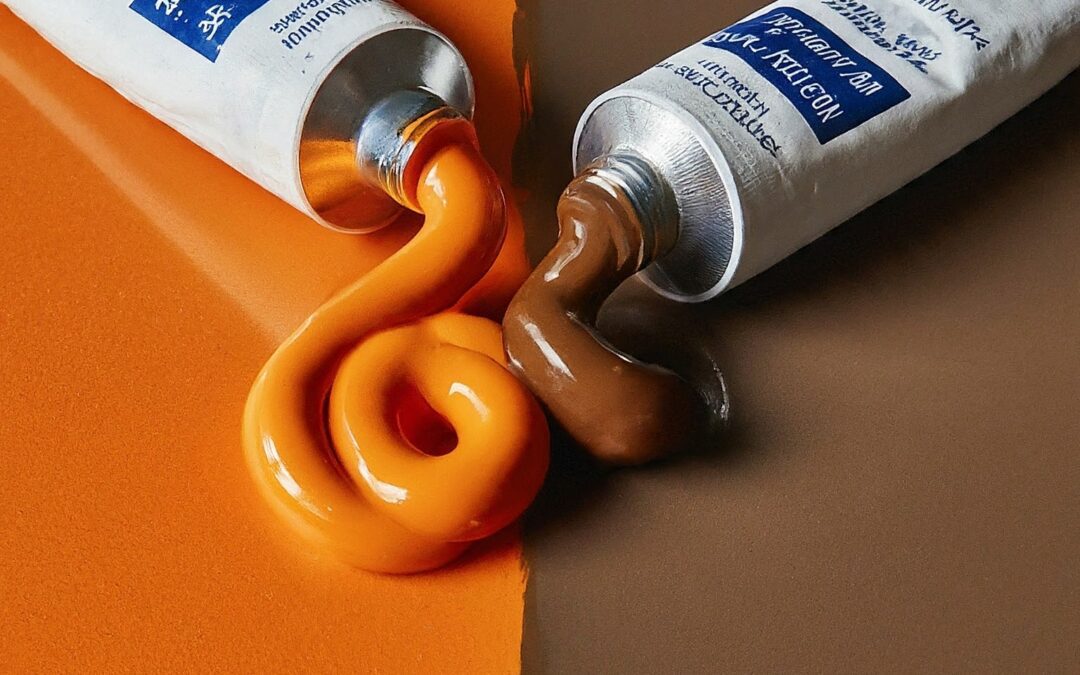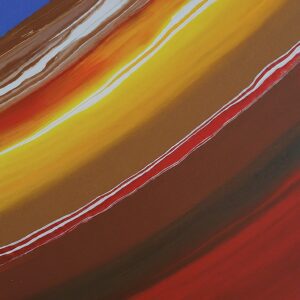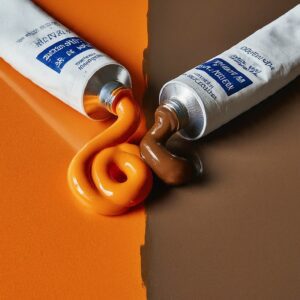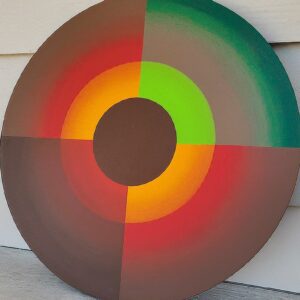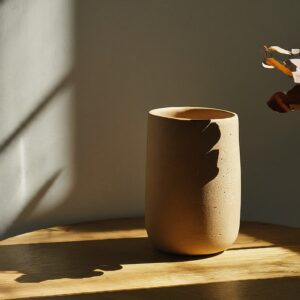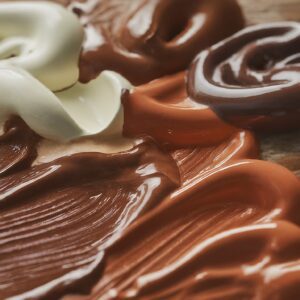The Art of Brown: A Painter’s Guide to Mixing Perfect Browns with Acrylics
Brown, often relegated to the background, is a surprisingly versatile color in the artist’s arsenal. By mixing different acrylic browns, you can achieve a spectrum of tones that breathe life into your paintings. Here’s a guide to explore this earthy wonder:
Mixing Your Browns:
-
-
Basic Brown: The foundation for many variations, this is achieved by combining roughly equal parts of red, yellow, and blue (primary colors). Experiment with ratios for warmer (more red or yellow) or cooler (more blue) browns.

-
Playing with Secondaries: Already have orange or green? Mix them for a brown with a unique twist. Orange and blue will create a cooler brown, while red and green lean warmer.

-
Complementary Magic: Complementary colors on the color wheel, when mixed, often create browns. Experiment with red and green, blue and orange, or yellow and purple for interesting variations.

-
Brown for Every Occasion:
-
Warm Browns: Think wood tones, sun-drenched landscapes, or a cozy interior. Achieve this warmth by adding a touch of red or yellow to your base brown. These browns are perfect for portraying terracotta pots, sunlit skin tones, or the rich fur of a fox.

-
Cool Browns: Indispensable for shadows, creating a sense of depth, or portraying cooler elements like steel. Add a hint of blue to your base brown for that cool effect. Use cool browns for shadows in portraits, the bark of trees in a winter landscape, or the underbelly of a bird.

-
Earthy Browns: Raw sienna, burnt umber, and burnt sienna are pre-mixed browns that offer a wonderful range of earthy tones. Use them straight from the tube for a natural look, or mix them together for even more variety. Earthy browns are fantastic for landscapes, depicting tree trunks, soil, or weathered stone.

The Power of Brown in Paintings:
-
Portraits: Don’t underestimate brown in portraits. Cool browns are great for shadows and adding depth to skin tones. Warmer browns can be used for freckles, adding subtle hints to hair color, or portraying warm skin undertones.
-
Landscapes: Brown is the bedrock of landscapes. From the rich depths of forests to the sun-baked hues of deserts, browns bring your scene to life. Use a variety of browns to create a sense of texture and depth.
-
Still Life: From the worn leather of a book to the rich tones of chocolate, browns add a touch of realism to still life paintings. Experiment with different browns to capture the unique characteristics of your subject matter.
By understanding how to mix and use different browns, you can unlock a whole new world of color in your acrylic paintings. So, grab your palette, experiment with these techniques, and let the earthy magic of brown flow onto your canvas!
If you would like to fast forward your learning using Oil Pastels, check out some of the popular courses below

